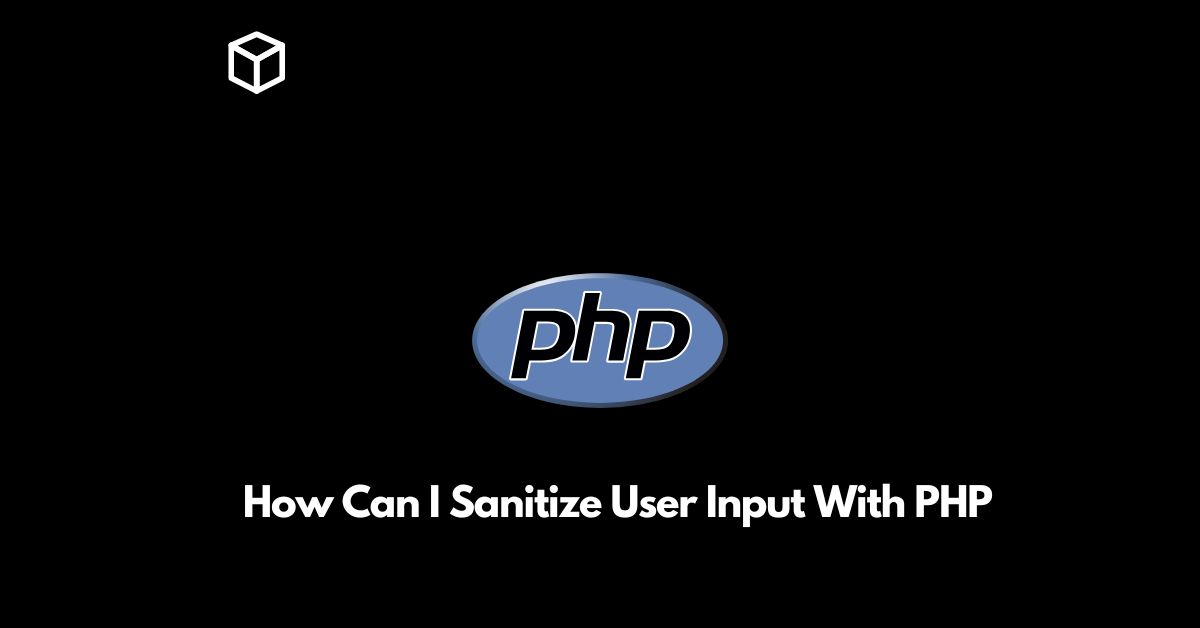As a software developer or programmer, you must be aware of the importance of user input validation and sanitization in web development.
With the increasing use of web applications, the risk of security threats is also increasing, and user input is often the primary source of these threats.
Therefore, it is crucial to sanitize user inputs to prevent security vulnerabilities and ensure the safety of your web application.
In this tutorial, we’ll discuss how to sanitize user input with PHP and various techniques to keep your web application secure.
What is Sanitizing User Input?
Sanitizing user input refers to the process of cleaning and verifying user input data before using it in your web application.
It is a crucial step to avoid security threats, such as cross-site scripting (XSS), SQL injection, and others.
Why is Sanitizing User Input Important?
User input is often unpredictable and can contain malicious code, which can compromise the security of your web application.
For example, a user might submit a form with a malicious script that could steal user information or damage the database.
Sanitizing user input helps to prevent these security threats and keep your web application secure.
How to Sanitize User Input with PHP
There are various techniques to sanitize user input with PHP, including input validation, type casting, and encoding user input.
Let’s discuss each of these in detail.
Input Validation
Input validation is the process of verifying that user input meets the desired criteria, such as the correct data type or length.
You can use PHP’s built-in functions, such as filter_var(), to validate user input.
For example, the following code validates an email address:
$email = "[email protected]"; if (filter_var($email, FILTER_VALIDATE_EMAIL)) { echo "Email is valid"; } else { echo "Email is not valid"; }
Type Casting
Type casting is the process of converting user input to the desired data type.
This can help to prevent security threats by ensuring that the user input data is in the correct format.
For example, the following code typecasts a user input string to an integer:
$age = "25"; $age = (int) $age; echo $age; // Outputs: 25
Encoding User Input
Encoding user input refers to the process of converting special characters to a safe format.
This can help to prevent security threats by ensuring that malicious code is not executed.
For example, the following code encodes user input for HTML output:
$name = "John Doe"; $name = htmlspecialchars($name); echo $name; // Outputs: John Doe
Conclusion
In conclusion, sanitizing user input is a crucial step in web development to prevent security threats and keep your web application secure.
By using techniques such as input validation, type casting, and encoding user input, you can ensure that your web application is safe from malicious attacks.
By following these guidelines, you can ensure that your web application is secure and provide a safe environment for your users.
Keep these techniques in mind and implement them in your web development projects to keep your web application secure.




